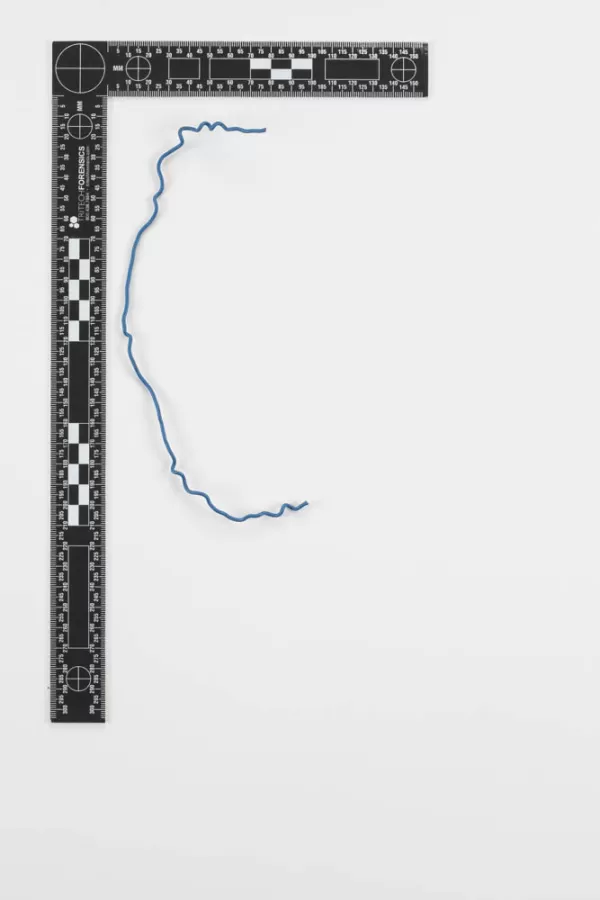Impression à jet d’encre, 2019
Deodand consists of a collection of “recycled” objects and materials (single-use objects, utility materials, cuttings, etc.) all of which are either found, donated, stolen, or secondhand materials. The inventory is hosted on a computer platform, as well as physically structured in a library, and each article is referenced according to several attributes such as the size, weight, type, function, value, usage value, acquisition mode, etc.
This collection also serves as a material for a body of installations of various sizes, acting as a translation of the material world in which we evolve. In these installations, the primary functions of objects and materials become useless or exacerbated. They then enter into conversation with each other, so the spectator can create its own analogies.
In order to highlight the concepts of fixity, finiteness, permanence and balance of our human condition, these installations are not fixed (no use of nails, screws, glue) but rather temporary and modular (nesting techniques, stacking, hanging, tying, etc.).
The term deodand refers to an English law dating back to the eleventh century. This law imposed the status of deodand (offered to God) to any object that accidentally caused the death of a human being, and confiscated these objects for the benefit of the crown. Inspired by the concept, this project addresses the issue of the object as accomplice of humans in their eternal search for more.

